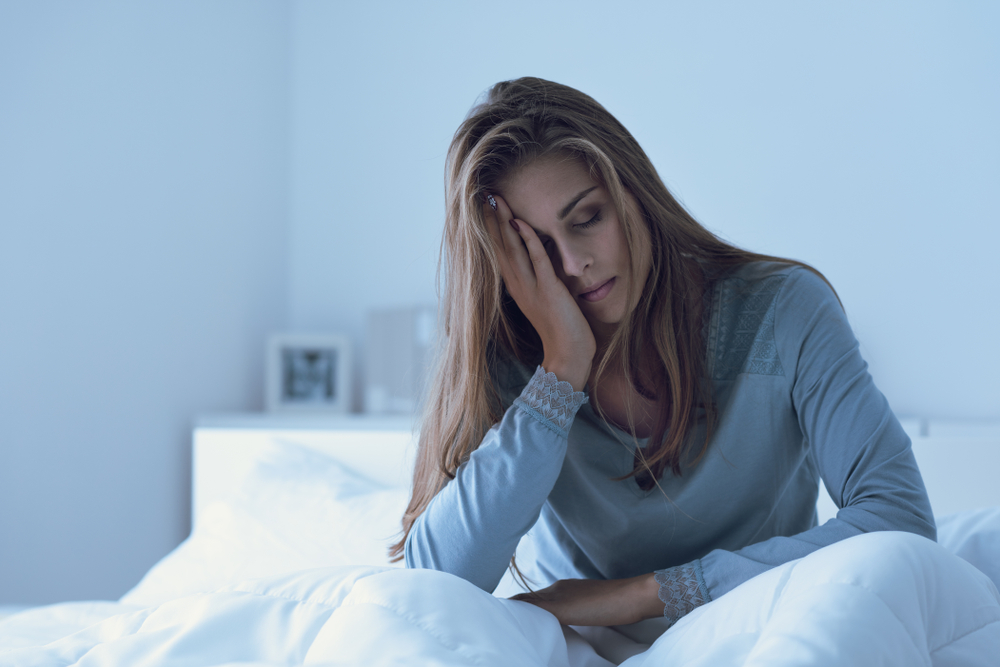
If you notice frequent headaches and fatigue after a whole night’s sleep, you could have sleep apnea. Sleep apnea is a sleep disorder where breathing repeatedly starts and stops. The first course of action you should take is to tell your doctor about your symptoms.
Symptoms of Sleep Apnea
Sleep apnea causes chronic exhaustion even after a whole night of sleep. In the days before there was a diagnosis, people suffering from the condition had a hard time. However, studies are changing this perception and causing attention to sleep apnea. The symptoms of this condition include:
- Excessive daytime sleepiness.
- Headaches.
- Irritability.
- Mood swings.
- Weight gain.
- Snoring.
- Episodes of no breathing.
- Breathing through the mouth.
- Snoring.
- Depression.
- Dry mouth.
- Nightmares.
- Insomnia.
Diagnosis
A definitive diagnosis starts with a visit to a sleep lab for a sleep study. Before that, the doctor will evaluate your sleep history to capture your signs and symptoms. They may ask you to list your signs and symptoms beforehand. They may also ask you to tag along a family member or friend to help you remember the doctor’s instructions. During the overnight monitoring at the sleep lab, the doctor will perform some tests.
The prime test is the nocturnal polysomnography. It includes an electroencephalogram (EEG), an electromyogram (EMG), an electrooculogram (EOG), and an electrocardiogram (EKG). There are also the nasal airflow sensor and snore microphone tests. They may also give you home sleep tests.
Nocturnal Polysomnography
The doctor hooks you up to equipment that measures your physical activity while you are asleep. The equipment monitors your heart, brain activity, lung, breathing patterns, and blood oxygen levels. The data it picks also includes:
- Your body position.
- Limb movements.
- How long do you spend in each sleep stage?
- How often do you wake up?
- Whether you snore.
- Whether you start and stop breathing.
- Unusual brain activity.
The Sleep Study
The study generates several records as you sleep. These records include data from the EEG, EMG, EOG, EKG, nasal airflow sensor, and snore microphone. The EEG measures brain activity while the EMG and EOG will record your REM sleep. They look for face twitches, eye movements, teeth grinding, and leg movements. These signify intense dreams from brain activity. EKG will record your heart rate and rhythm. The nasal airflow sensor will record your airflow, while the snore microphone will record your snoring activity.
The sleep study generates a substantial amount of data. However, the most crucial is the apnea-hypopnea index (AHI). The index measures the number of stops and starts in breathing you experience during sleep. It can be mild, moderate, or severe. The severity will determine the treatment options.
Home Sleep Tests
The doctor can provide you with tests to use at home. These tests will measure the same things as the equipment at the sleep lab. But portable monitoring devices do not detect all levels of sleep apnea.
Conclusion
If the above tests are abnormal, the doctor may prescribe a therapy without further testing. You may also need to see a cardiologist, neurologist, or ear, nose, and throat doctor to deal with obstructions and issues.
For more information on diagnosing sleep apnea, call Castro Valley Dentistry at (510) 674-0900 to reach our office in Castro Valley, California.








